Storm Ciara and storm Dennis have hammered the country over the past 10 days, bringing heavy rain and high winds.
Farmers have had no option but to house cows for prolonged periods due to the severity of the rainfall.
According to Met Eireann, rainfall over most of the country is between two and five times higher than normal for the past week.
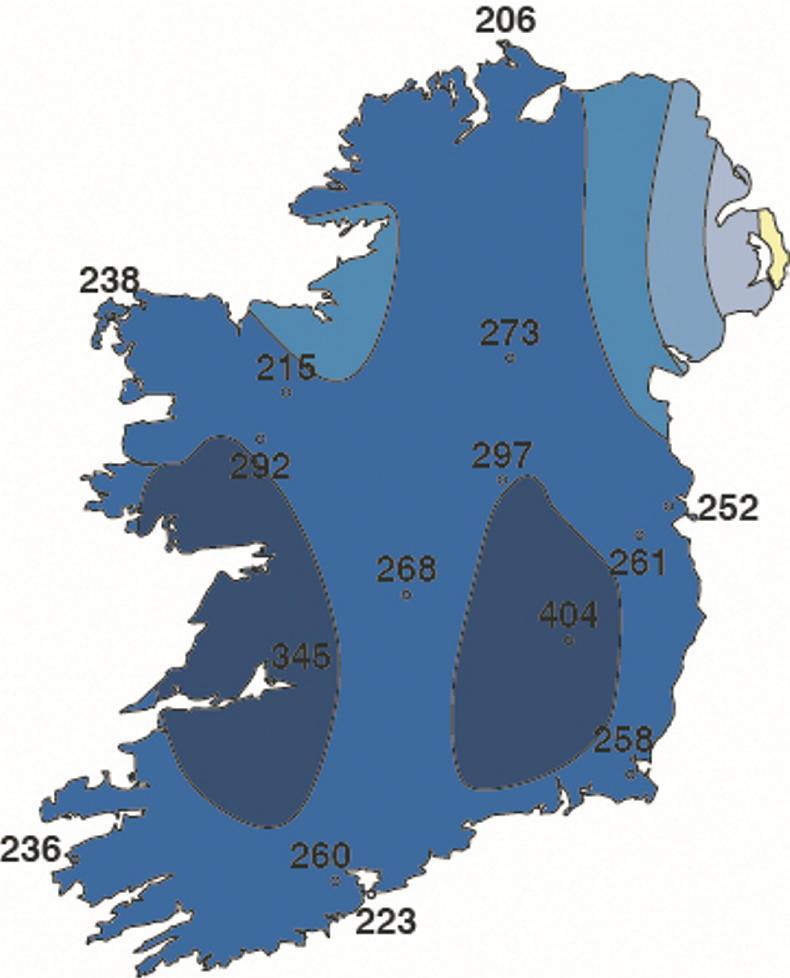
Accumulated rainfall over the last seven days (Monday 10 to Sunday 16 February) as a percentage of normal.
This is posing major challenges for farmers who want to get cows out grazing. The forecast for the coming week is mixed, but very heavy rain is not forecast, so there should be an opportunity for some to get cows back out.
Soil type
A lot will depend on soil type and what part of the country you are in. Many parts of the west and north are absolutely saturated and cows will not be out grazing this week, regardless of the weather.
But for those on drier land and in lower rainfall areas, cows should be able to go back out this week.
It’s important that they do, as every day at grass is one less day spent inside eating silage.
Milk yield, protein percent all go up when cows go out to grass and the costs of production go down.
Grazing targets
Also, failure to reach grazing targets will mean grass will be scarcer in April. This is because the grass that’s grazed in February will be grazed again in April.
This grass needs time to grow. A delay to grazing will result in less time for this grass to grow.
Another consequence is that there will be a glut of high covers in April that aren’t suitable for grazing, as not enough of the farm was grazed early on in the spring.
Let’s be clear - grazing in this weather is a challenge for everyone, even the top farmers on dry land. However, there are little things that we can do to reduce damage. Some of these might seem obvious but they are worth repeating:
Try to have cows hungry when they go out to graze. This means cutting them away from feed for four or five hours before turnout.Use on/off grazing, which is grazing for three hours at a time. Access to water is not essential when cows are on/off grazing, but they should have access to water when in the ‘off’ period.Graze dry land in square blocks; avoid long narrow strips.Use spur roads to get access to sections of the paddock that are not adjacent to a farm roadway. Graze lower covers first. There is a fine line between low and too low. Covers in the 800kg to 1,200kg DM/ha category are ideal.It’s a good idea to graze two paddocks at the same time in an am/pm split. This means you can set up the wires for the next break during the day and not have to do it at milking times. Graze full-time rather than by day only, as feeding silage at night reduces the appetite. Some bit of silage may be necessary when doing prolonged periods of on/off grazing. Read more
Dairy trends: Irish butter production exceeds 250,000t in 2019
Questions over Bradene Pas Triplestar's fertility
Storm Ciara and storm Dennis have hammered the country over the past 10 days, bringing heavy rain and high winds.
Farmers have had no option but to house cows for prolonged periods due to the severity of the rainfall.
According to Met Eireann, rainfall over most of the country is between two and five times higher than normal for the past week.

Accumulated rainfall over the last seven days (Monday 10 to Sunday 16 February) as a percentage of normal.
This is posing major challenges for farmers who want to get cows out grazing. The forecast for the coming week is mixed, but very heavy rain is not forecast, so there should be an opportunity for some to get cows back out.
Soil type
A lot will depend on soil type and what part of the country you are in. Many parts of the west and north are absolutely saturated and cows will not be out grazing this week, regardless of the weather.
But for those on drier land and in lower rainfall areas, cows should be able to go back out this week.
It’s important that they do, as every day at grass is one less day spent inside eating silage.
Milk yield, protein percent all go up when cows go out to grass and the costs of production go down.
Grazing targets
Also, failure to reach grazing targets will mean grass will be scarcer in April. This is because the grass that’s grazed in February will be grazed again in April.
This grass needs time to grow. A delay to grazing will result in less time for this grass to grow.
Another consequence is that there will be a glut of high covers in April that aren’t suitable for grazing, as not enough of the farm was grazed early on in the spring.
Let’s be clear - grazing in this weather is a challenge for everyone, even the top farmers on dry land. However, there are little things that we can do to reduce damage. Some of these might seem obvious but they are worth repeating:
Try to have cows hungry when they go out to graze. This means cutting them away from feed for four or five hours before turnout.Use on/off grazing, which is grazing for three hours at a time. Access to water is not essential when cows are on/off grazing, but they should have access to water when in the ‘off’ period.Graze dry land in square blocks; avoid long narrow strips.Use spur roads to get access to sections of the paddock that are not adjacent to a farm roadway. Graze lower covers first. There is a fine line between low and too low. Covers in the 800kg to 1,200kg DM/ha category are ideal.It’s a good idea to graze two paddocks at the same time in an am/pm split. This means you can set up the wires for the next break during the day and not have to do it at milking times. Graze full-time rather than by day only, as feeding silage at night reduces the appetite. Some bit of silage may be necessary when doing prolonged periods of on/off grazing. Read more
Dairy trends: Irish butter production exceeds 250,000t in 2019
Questions over Bradene Pas Triplestar's fertility




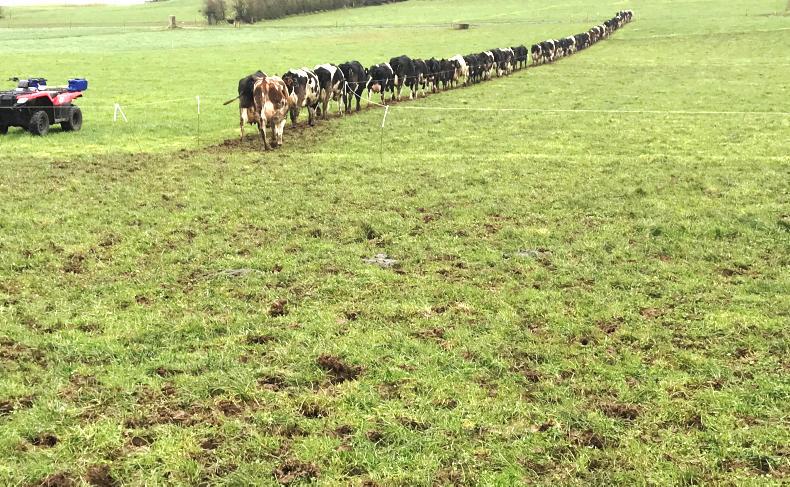

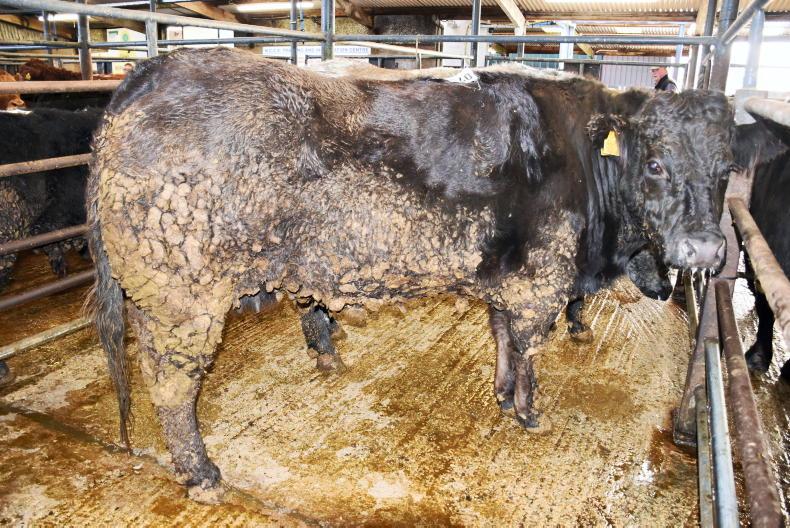

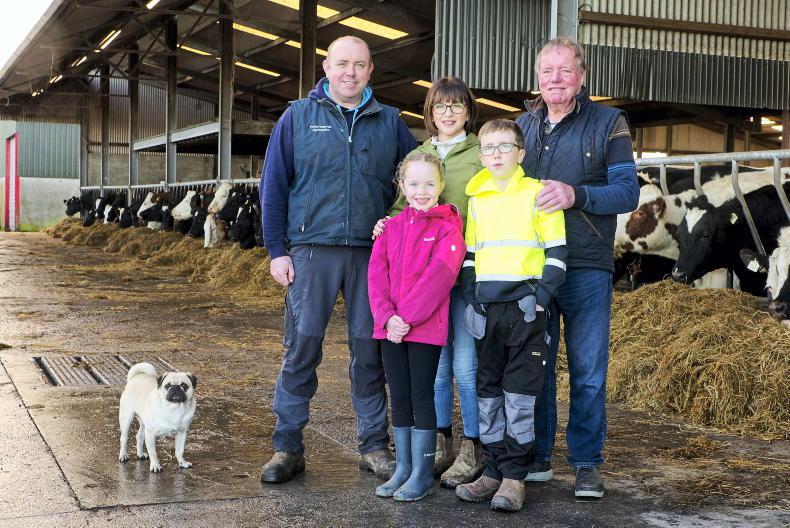
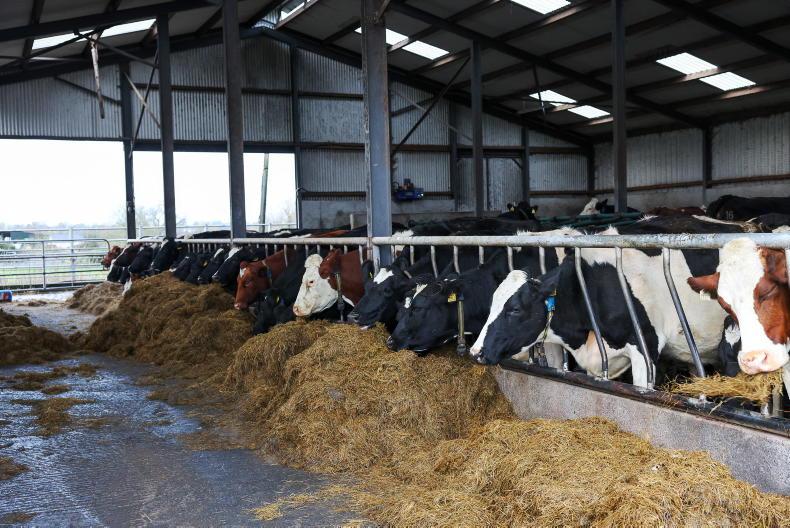
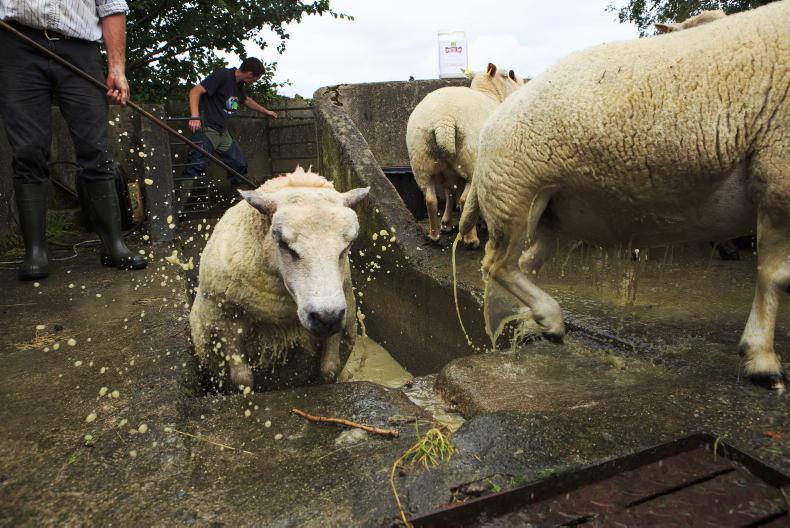
SHARING OPTIONS